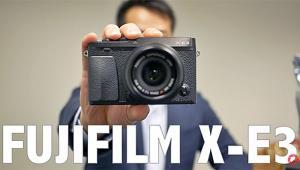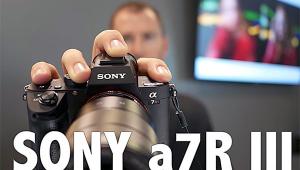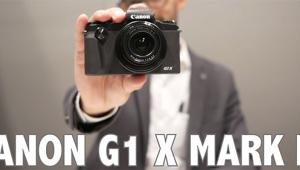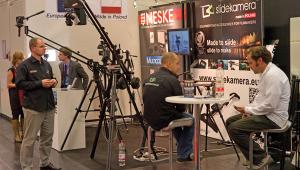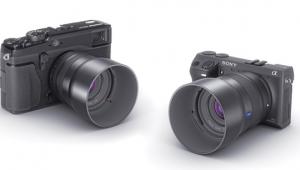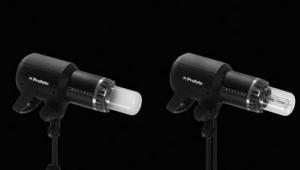Interchangeable Lenses
Optics For 35mm And Digital SLRs
Although very few 35mm SLR
cameras were introduced at PMA 2004, there was no shortage of new lenses.
Many of the new products are very short zooms, necessary for true wide
angle effects with digital SLRs or lenses upgraded for greater compatibility
in digital photography. Even though this optical bonanza must be attributed
to the growing popularity of digital SLRs, most of the new lenses work
equally well with 35mm format equipment, so everyone benefits. |
|||
Wide Angle Zooms |
|||
Ultra-Wide To Super
Wide Angle Lenses |
|||
Telephoto Lenses |
|||
Lenses For Digital
SLR Cameras Digitally Optimized
Lenses |
- Log in or register to post comments









